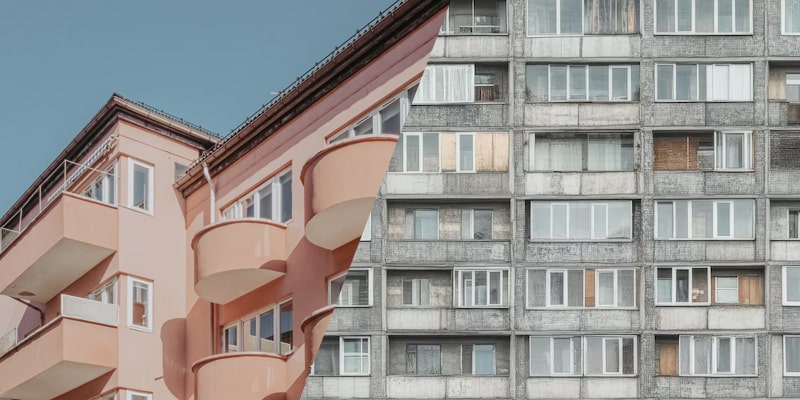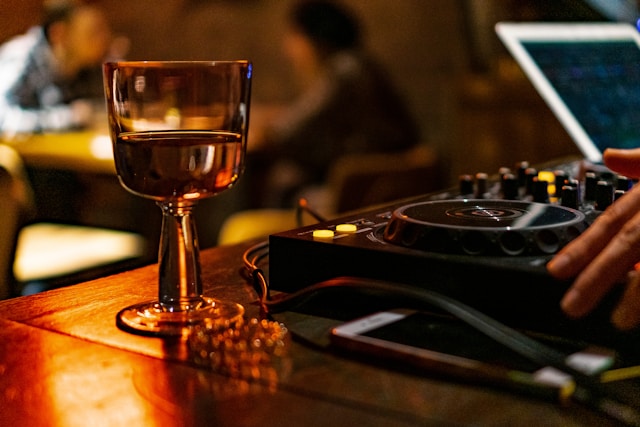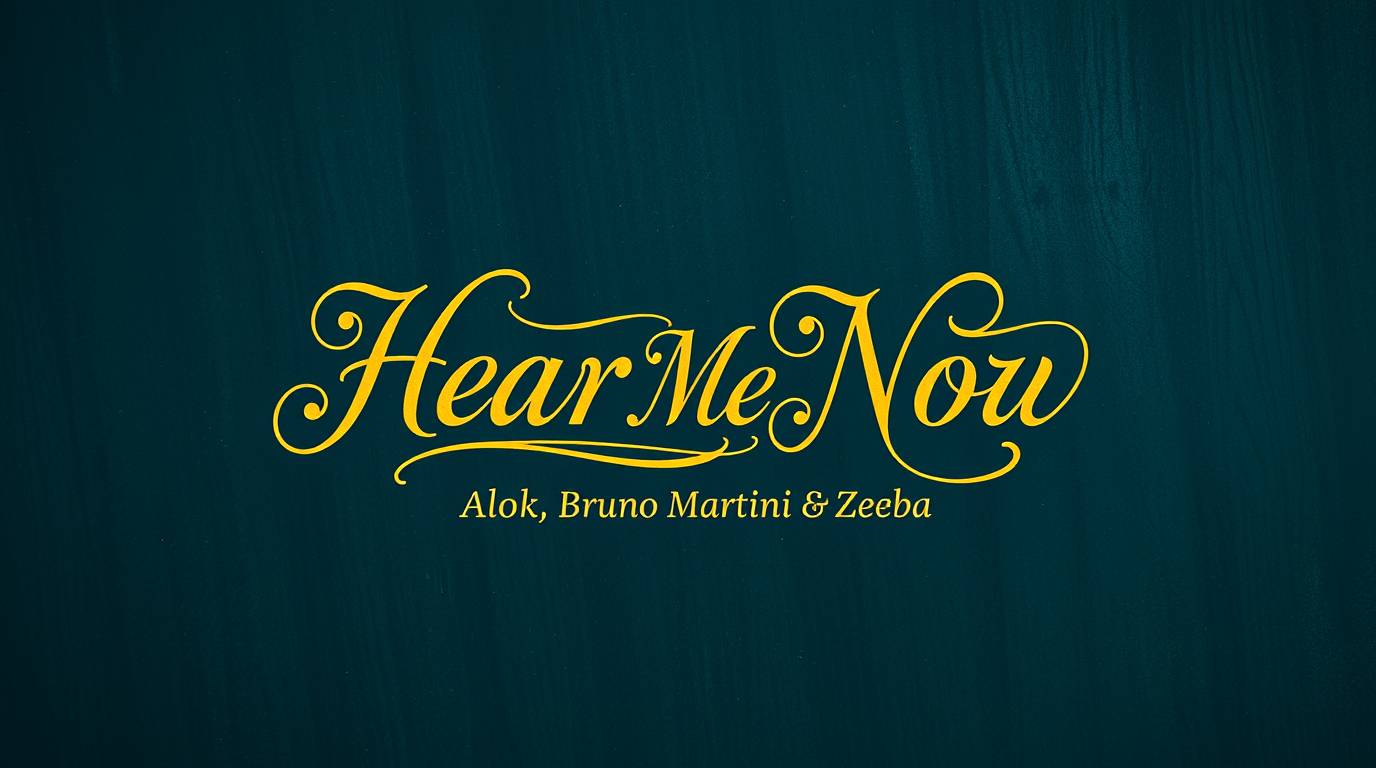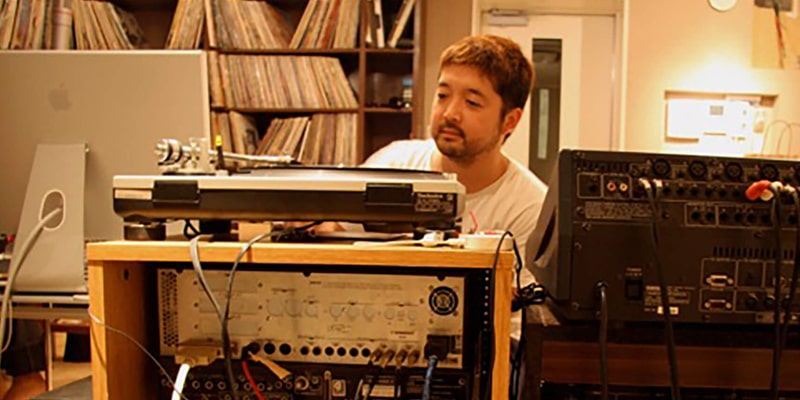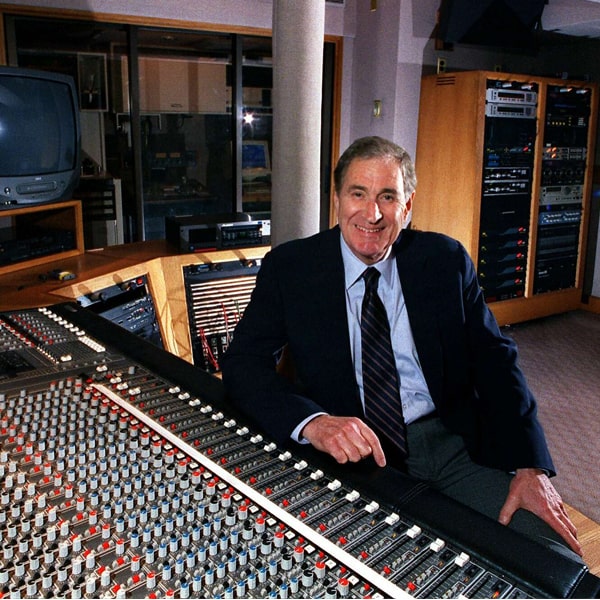The architectural environment in which we live has a powerful impact on our emotional perception of the world. Urban landscapes, the color of buildings, their structure, and even the sense of space can shape our mood and, consequently, influence our cultural and musical preferences. In this article, we will explore how depressing architecture or, on the contrary, bright and optimistic urban environments correlate with music genre choices. This knowledge can be useful for targeting audiences during music marketing campaigns.
The Influence of Environment on Emotional State
Architecture directly influences our emotions. Monotonous, gray, Soviet-style high-rises are often associated with feelings of isolation and oppression. A lack of color, an absence of public spaces, and the dominance of gray tones can create a “stone on the soul” impression.
In such environments, music selection becomes a reflection of this emotional state. People often turn to melancholic genres that reflect their inner mood. Indie rock, post-rock, darkwave, post-punk, dark ambient, and even trip-hop become means for self-expression or finding solace. For example, lyrics filled with deep personal reflections or sorrow resonate with the atmosphere of these environments.
A contrasting effect is observed in areas where architecture is more open, spacious, and optimistic. Bright building colors and the presence of elements that promote social interaction stimulate positive emotions. This may encourage people to choose more dynamic and upbeat music genres like pop, dance, reggaeton, tropical house, or chill house, which amplify the feeling of joy.
The Theory of Color and Its Influence on Emotions
Color is an important element of the urban environment. Cold, neutral colors, typical for industrial areas, are often associated with calmness but can also evoke apathy and feelings of depression. In such environments, music becomes a way to balance emotional states. For instance, in gray urban settings, residents may subconsciously seek music that compensates for this neutrality, whether it’s energetic or, on the contrary, something that more deeply reflects their mood.
In wealthier areas, where architecture is filled with bright colors and unconventional forms, there is a positive psychological effect. People living in such environments are more likely to choose optimistic music genres, as their mood harmonizes with the vibrant surroundings. For example, warm colors like yellow or orange foster feelings of energy and joy.
Social Isolation and Music Preferences
High-rise buildings, characteristic of many poor regions, create a sense of social isolation. A lack of gathering places, parks, or pedestrian zones reduces social interaction. This can push people toward individualistic music genres that highlight separation or rebellion. Trip-hop, ambient, or industrial music resonate with this mood, creating an auditory backdrop for self-reflection.
On the other hand, well-planned urban areas with public spaces and open green zones promote social activity. These places are often associated with music that unites people, such as pop, R&B, or jazz. In these environments, music becomes a means of social interaction, not just individual emotional expression.
